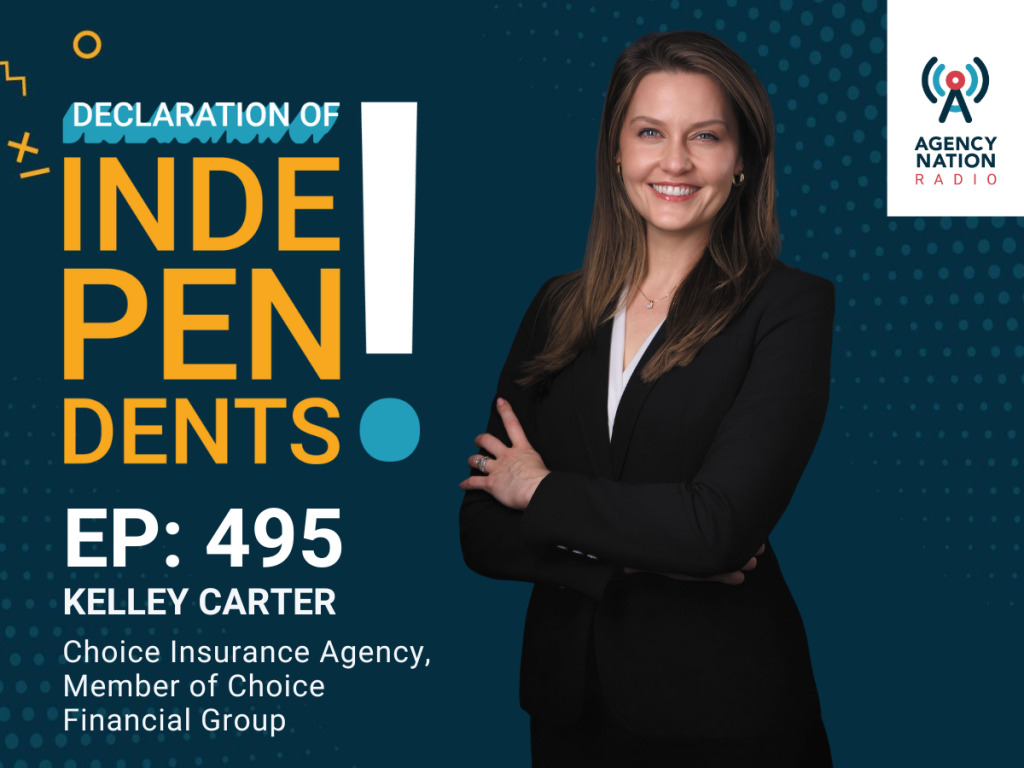How Contingent Compensation Is Factored Into an Agency Acquisition

By Keith J. Mangini
Independent insurance agencies earn most of their revenue from commissions on policies sold. But agencies may also receive additional compensation based on hitting performance benchmarks outlined in carrier contracts.
The keyword is “may,” which is why this revenue stream is called “contingent compensation.” It depends on factors like loss ratios, retention and growth over a defined period. This type of income is often referred to as “profit sharing” or “contingency bonuses.”
Contingent compensation can be significant. In good years, it may account for 10%-20% or more of an agency’s annual revenue. But by its nature, it’s unpredictable, particularly amidst the hard market and frequency of CAT events.

Share Your Insights on AI and Tech Trends .
So, how is this type of compensation valued when an agency is being sold and bank financing is involved?
From the seller’s perspective, a steady stream of contingent income indicates a well-run agency. It suggests the agency is a discerning front-line underwriter, aligning its submissions with the risk appetites of key carriers. A history of profit-sharing payments can be positioned as evidence of underwriting acumen, clean loss ratios and effective client retention.
Naturally, sellers want this track record to enhance valuation. But can future performance be assumed? And are competitive pressures, environmental risks or market cycles likely to make it harder to maintain those growth, retention and profitability metrics? These uncertainties mean solid contingent compensation isn’t by itself a determining factor in a buyer’s decision or a lender’s openness to financing.
Buyers generally appreciate an agency with a history of receiving contingency payments, but they approach it with caution. A critical issue is transferability—will the acquired agency’s carrier appointments and profit-sharing agreements transfer to the buyer?
More on Agency M&A
Sometimes, especially in personal lines acquisitions, there are concerns that the seller’s book might dilute or disrupt the buyer’s contingency agreements. And while loss ratios are important, growth and retention targets also matter. Achieving them requires strategy, and buyers may need convincing that contingency income is the result of intentional actions, not just market forces.
If a buyer wants to borrow against the future cash flows of the agency it is acquiring, those cash flows must be reliable and sustainable. Contingent income may enhance the picture, but it doesn’t drive the credit decision.
Further, there are nuances. If an agency has demonstrated multiyear consistency in earning contingent compensation, even through soft markets, that trend becomes a signal. It won’t be underwritten as a primary repayment source, but it will be noted as a sign of strong carrier relationships, operational discipline and strategic focus.
When the level of base commissions and guaranteed revenue satisfies the amount of funding being sought, the presence of a recurring contingency bonus adds comfort but not risk. Lenders unfamiliar with the insurance sector may not appreciate these subtleties, which is why borrowers benefit from working with lenders who know the space.
Performance Metrics That Provide Value
To assess an agency’s creditworthiness, banks look beyond contingency income to broader performance metrics:
- Revenue per employee. This is a key measure of operational efficiency.
- Client retention rates. High retention often correlates with sustainable contingency income.
- Carrier concentration. Heavy reliance on a single carrier may pose risks if compensation structures shift.
- Three- to five-year financial trends. Consistent revenue and profitability trends and loss ratios show stability across market cycles.
Keith J. Mangini has more than 25 years of experience in the financial services industry and is vice president, commercial team leader, for InsurBanc.










